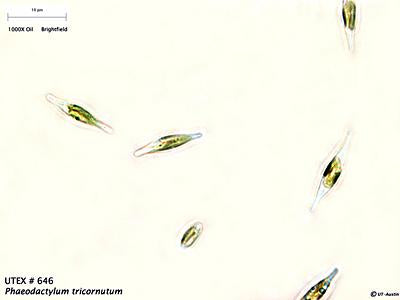Hey everyone, bit of an odd question today, but does anyone know any commonly consumed (be it by fish or inverts) non-toxin producing dinoflagellates or diatoms? From my understanding the species Pyrocystis fusiformis and P. lunula are non-toxic dinoflagellates, but I’m hoping to find some more (and some diatoms too).
I was reading up on mole crabs/sand fleas (Emerita genus) and found that they largely eat (according to a number of different articles) dinoflagellates and diatoms (of course, none of the articles specify which dinos or diatoms). Knowing that many of these creatures are planktonic, it would make sense to me if a lot of other animals consume them too, but I can’t seem to find the names of any commonly eaten species (in fact, just about the only species that pull up when I search are the more dangerous, toxic ones).
Edit: I have no idea why this posted when it did, as I was still typing - my apologies.
Anyway, TLDR; does anyone know any non-toxic, preferably commonly eaten dinos/diatoms species? Also, would any of these dinoflagellates or diatoms bring any nutritional benefit to plankton-eating specimens in an aquarium (be they fish, inverts, corals, or etc.) if fed supplementarily?
I was reading up on mole crabs/sand fleas (Emerita genus) and found that they largely eat (according to a number of different articles) dinoflagellates and diatoms (of course, none of the articles specify which dinos or diatoms). Knowing that many of these creatures are planktonic, it would make sense to me if a lot of other animals consume them too, but I can’t seem to find the names of any commonly eaten species (in fact, just about the only species that pull up when I search are the more dangerous, toxic ones).
Edit: I have no idea why this posted when it did, as I was still typing - my apologies.
Anyway, TLDR; does anyone know any non-toxic, preferably commonly eaten dinos/diatoms species? Also, would any of these dinoflagellates or diatoms bring any nutritional benefit to plankton-eating specimens in an aquarium (be they fish, inverts, corals, or etc.) if fed supplementarily?
Last edited:

















